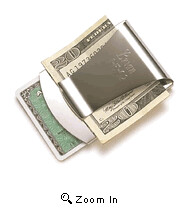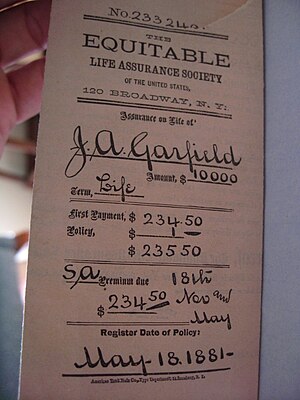
- Image by ExecGifts via Flickr
Having a well-funded emergency fund is one of the foundation blocks for almost every saving or debt-repayment plan. The theory is that you’ll be better able to weather a financial storm if you don’t have to raid your budget or beat on your credit card every time an unexpected expense rears its ugly head. The number varies based on your pundit and your stage of life, but generally ranges from $1000 to 8 months of your expenses. The money needs to go in a liquid account, so it can be accessed when necessary, but it needs to be completely ignored otherwise. What good is an emergency fund that has been spent?
Now that you have your emergency fund, you are set, right? But what happens when something comes up? When is it okay to spend that money? Emergencies can take so many forms: medical emergencies, car repairs, accidents, a good sale. Wait. What was the last one? What actually constitutes an emergency that is worth shredding your security blanket?
Here are three questions to ask yourself before you spend that money:
- Is the expense necessary? If it’s a voluntary expense, you should create a savings goal and wait to buy it until you can actually afford it. Emergency funds are meant for emergencies, not whims. A good sale is never an emergency.
- Is it important? When my motorcycle breaks down, it gets parked until I can afford to pay for the repairs. When my car breaks down, I need to get it fixed so I can get the kids to daycare and myself to work.
- Is it urgent? Is this an expense that can be postponed until next month, when you have a chance to sell something you don’t need, or rearrange some items in your budget to “find” the necessary cash? If it doesn’t need to be paid right now, it may be best to put it off. In the case of medical bills, you can usually get on a payment plan with no penalties, if you ask. That can change an expensive obligation to a manageable monthly bill.
Your emergency fund should only be used on things that are important, necessary, and urgent. Anything else should get postponed until you can afford to pay it using your on-budget expense items. As the wise man once said: “Lack of planning does not constitute an emergency.” Of course, if you are in a financially stable situation and willing to take a small risk for a short time, eliminating an entire debt item to save the interest can be the right decision.
What would you be willing to spend your emergency fund on?



